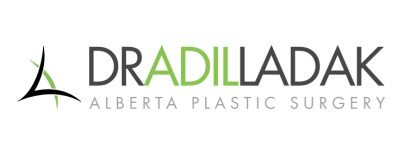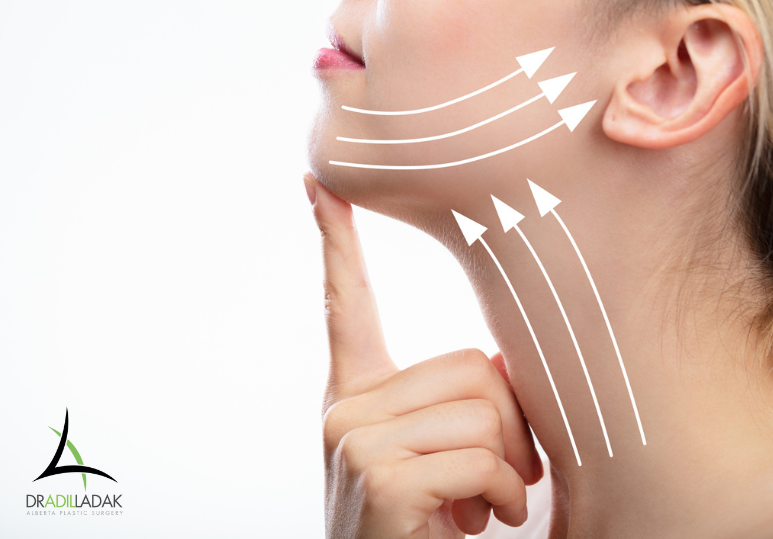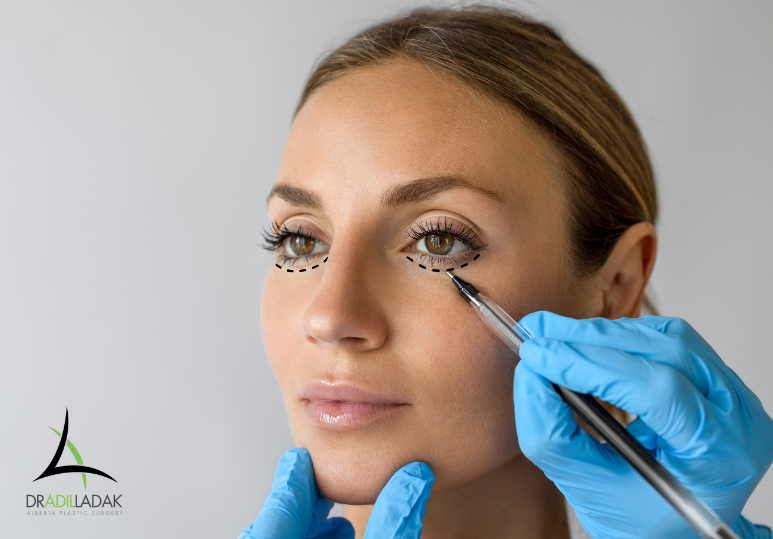Facelifts are a common procedure used to tighten excess skin around the face. Prepare for your facelift with these ten tips to ensure a smooth surgery and recovery.
A facelift, clinically known as a rhytidectomy, is a surgical procedure to enhance the aesthetics of the face.
The procedure reverses common signs of aging such as lines around the eyelids, facial sagging, deep lines that connect the nose and mouth edge, out of place fat deposits, and loss of facial definition by removing excess skin and fat and tightening the underlying muscles.
Facelifts produce fantastic results and the procedure is often paired with other facial rejuvenation procedures such as eyelid surgery to achieve the most aesthetically pleasing appearance.
When Planning Your Surgery:
1. Write down your medical history and any medications (with doses) that you’re taking.
What may seem innocuous or unrelated to a facelift can still have an impact on surgery. Your medication list should include any over-the-counter medications or herbal supplements. Be prepared to discuss conditions, like high blood pressure, or past surgeries you’ve had.
2. Do Your Research
If you can’t find the answers to your questions on a surgeon’s website, don’t be afraid to ask in person.
Here are some questions to consider:
- Am I a good candidate for this procedure? If not, why? What would you recommend instead?
- Where will you do the surgery? Is the facility accredited?
- What are your credentials? Do you have hospital privileges? If so, where?
- Can I see before and after photos of your other patients? Were any of them like me in their appearance or concerns?
3. Check In With Yourself
Everything can look good on paper, but make sure to check in with yourself during your consultation visit.
Consider the following:
- Does the office inspire confidence? It is clean and professional?
- Are you comfortable with the people? Is the staff friendly and welcoming?
- Do you feel confident moving forward with your decision?
Even if you like everything about your doctor and office, you may want to consult with other surgeons to make sure you’re comfortable with your decision. Our Edmonton clinic is located within the University of Alberta complex, where Dr. Ladak is an associate professor.
4. Down Payment
Most surgeons will require a down payment when you schedule, and the rest the day of the procedure. Some offer financing options, and if you’d like to take advantage of one bring it up sooner rather than later. Note how staff respond to this request and if their demeanor changes.
5. Do A Physical Exam
If you have a strong jaw bone you may have better results than someone with a very round face. The doctor will examine your neck, facial skin and bone structure, including any scarring or irregularities, so you can discuss informed facelift treatment options. They may also take photographs.
Some questions to think about during the exam:
- Do you like how the surgeon treats you? Are they professional and kind?
- Were you able to express any concerns, and did the surgeon address them?
- Did the surgeon give you options for achieving your goals?
- How will the surgeon tailor the procedure for you?
6. Discuss your expectations
Your surgeon will explain the benefits and risks, and you can talk about your reasons for wanting a facelift. Don’t forget everyone has some asymmetry in their face and that will likely remain.
Closer to Your Surgery:
7. Follow Instructions!
Your surgeon will give you medical directions such as avoiding aspirin or taking your blood pressure medication.
8. Be Prepared
Plan to wash your hair and take a shower or bath as close to when you get your facelift as possible, like the morning of. You won’t be able to for a while and it will feel better. You won’t be able to eat anything after midnight the night before your surgery, and eating will be difficult afterward, so plan accordingly.
9. Get Someone To Assist You
If you haven’t been hospitalized for your procedure, make sure someone can stay with you for the first forty-eight hours to drive you and help out. Facelifts are either done as outpatient procedures with sedation and local anesthesia, or in the hospital under general anesthesia.
10. Stock up on items you’ll want to have around during recovery
Some of these items include:
- Button-up tops. Try to avoid clothing that goes over your head at first.
- Very gentle soap to wash your face after the first week. Consider a mild shampoo or even baby shampoo when washing hair so that it doesn’t irritate sutures.
- A handheld mirror. This may make it easier to see sutures on the neck or by the ears.
- Clips or bobby pins to hold hair out of the way while taking care of your sutures.
Book A Consultation
If you're in the Edmonton area and considering a facelift, contact us with any questions you might have or to schedule a consultation with Dr. Ladak.





